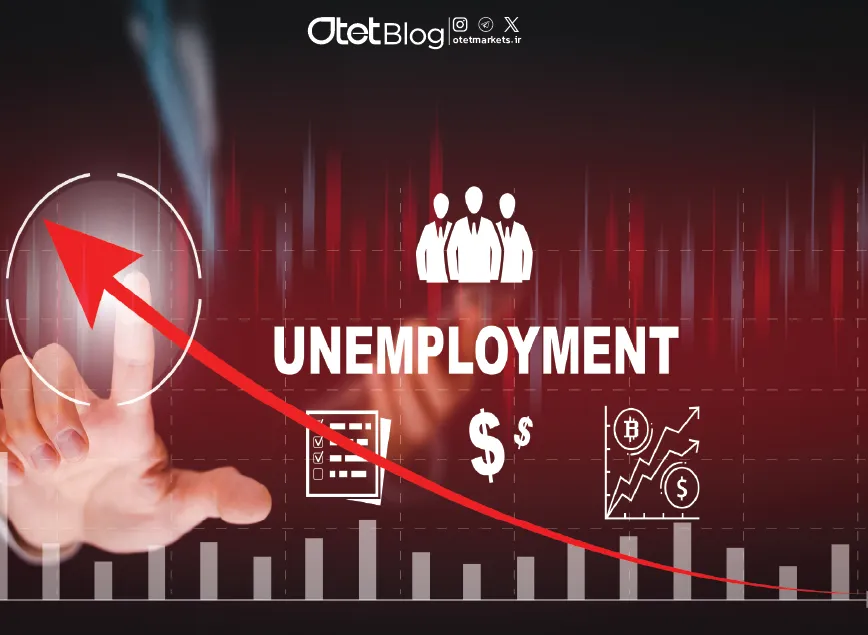
Understanding the Unemployment Rate: A Key Economic Indicator
Estimated reading time: 5 minutes
Table of contents
The unemployment rate is one of the most critical indicators of a country’s economic health. It reflects the percentage of people who are actively seeking jobs but unable to find employment. Beyond just a statistic, this metric influences economic policies, financial markets, and currency values. In this article, we’ll explore what the unemployment rate is, its different types, how it’s measured, and its impact on financial markets and economic policies.
What Is the Unemployment Rate and Why Does It Matter?
The unemployment rate provides insight into the state of a country’s labor market. A high rate can signal economic distress, while a low rate often indicates a thriving economy with ample job opportunities. However, this metric is more than just a simple number—it affects everything from interest rates to inflation and even forex market movements.
For example, during the 2008 financial crisis, the U.S. unemployment rate soared above 10%, reflecting severe economic downturns. Conversely, post-pandemic economic recovery led to a decline in unemployment due to reopening businesses and increased hiring.
Types of Unemployment
Unemployment isn’t a one-size-fits-all concept. Economists categorize it into several types, each with unique causes and implications.
1. Frictional Unemployment
This occurs naturally as people transition between jobs. Recent graduates looking for their first job or employees relocating and seeking new opportunities fall into this category. It’s short-term and generally not a sign of economic trouble.
2. Structural Unemployment
Structural unemployment happens when changes in technology or industries render certain skills obsolete. For instance, automation has replaced many traditional manufacturing jobs, forcing workers to reskill or find new careers.
3. Cyclical Unemployment
Cyclical unemployment rises during economic downturns when companies cut jobs due to reduced demand. It typically improves when the economy recovers and businesses start hiring again.
4. Seasonal Unemployment
Some jobs, such as agricultural work and tourism-related roles, are seasonal. People in these industries may experience periods of unemployment during off-seasons.
5. Hidden Unemployment
This includes individuals who aren’t counted in official unemployment statistics because they work fewer hours than they need or hold jobs below their skill level.
6. Underemployment
Similar to hidden unemployment, this applies to workers who are forced into part-time jobs or positions that don’t match their qualifications. It’s a sign of an underutilized workforce.
Read More: What is CPI and How Does It Impact Financial Markets?
How Is the Unemployment Rate Measured?
The Bureau of Labor Statistics (BLS), which tracks employment data in the U.S., defines unemployed individuals as those who want to work, are available to work, and have actively searched for a job within the past four weeks.
Employment Status Categories
The BLS divides people aged 16 and older into three categories:
- Employed – Individuals working full-time, part-time, or temporarily. Those working at least 15 hours unpaid in a family business are also considered employed.
- Unemployed – People actively looking for work but not currently employed.
- Not in the Labor Force – Individuals not seeking employment, such as students, retirees, and homemakers.
Formula for Calculating the Unemployment Rate
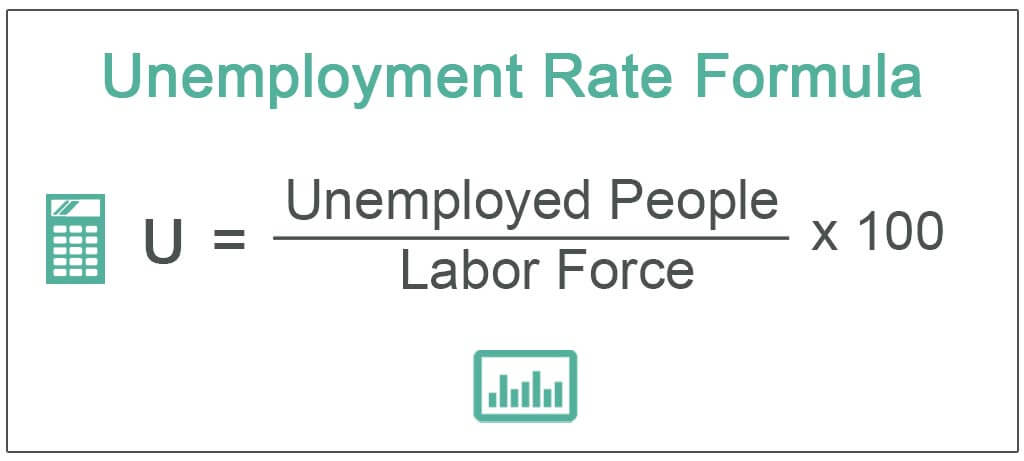
This formula helps governments and financial analysts assess the overall economic climate.
How the Unemployment Rate Affects the Economy
1. Interest Rates and Inflation
A low unemployment rate often leads to higher wages as businesses compete for workers. This can drive inflation because people have more spending power. To combat inflation, central banks like the Federal Reserve may increase interest rates, making loans more expensive and slowing economic activity.
2. Forex Market and Currency Value
A lower-than-expected unemployment rate may signal an upcoming interest rate hike, strengthening a country’s currency. Conversely, rising unemployment suggests economic weakness, potentially weakening the currency.
3. Government Policies and Economic Strategies
Governments use unemployment data to design economic policies. If unemployment is high, they may introduce stimulus measures like tax cuts and increased public spending to create jobs. Conversely, when the economy is booming, tightening policies may be used to prevent inflation from overheating.
Read More: NFP Report: How It Moves Markets & Smart Trading Strategies
Key Employment Reports That Impact Financial Markets
1. The Non-Farm Payroll (NFP) Report
The NFP report is one of the most watched economic indicators globally. Released on the first Friday of every month, it tracks job creation in the U.S. excluding agricultural jobs.
Why It Matters:
- Higher-than-expected NFP numbers suggest a strong economy, often boosting the U.S. dollar.
- Lower-than-expected numbers can signal economic weakness, leading to potential market downturns.
2. Jobless Claims Reports
These reports track unemployment benefit claims and provide real-time insight into labor market trends. In countries like the U.S. and the UK, these are published weekly and can influence currency movements.
Final Thoughts
The unemployment rate is a crucial economic indicator that influences monetary policies, interest rates, inflation, and financial markets. Whether you’re a trader, investor, or policymaker, keeping an eye on employment trends can provide valuable insights into the economy’s direction.
From monthly NFP reports to weekly jobless claims data, labor market indicators move financial markets and shape government policies. Understanding these trends can help businesses and individuals make smarter financial decisions in an ever-changing economic landscape.
Share
Hot topics
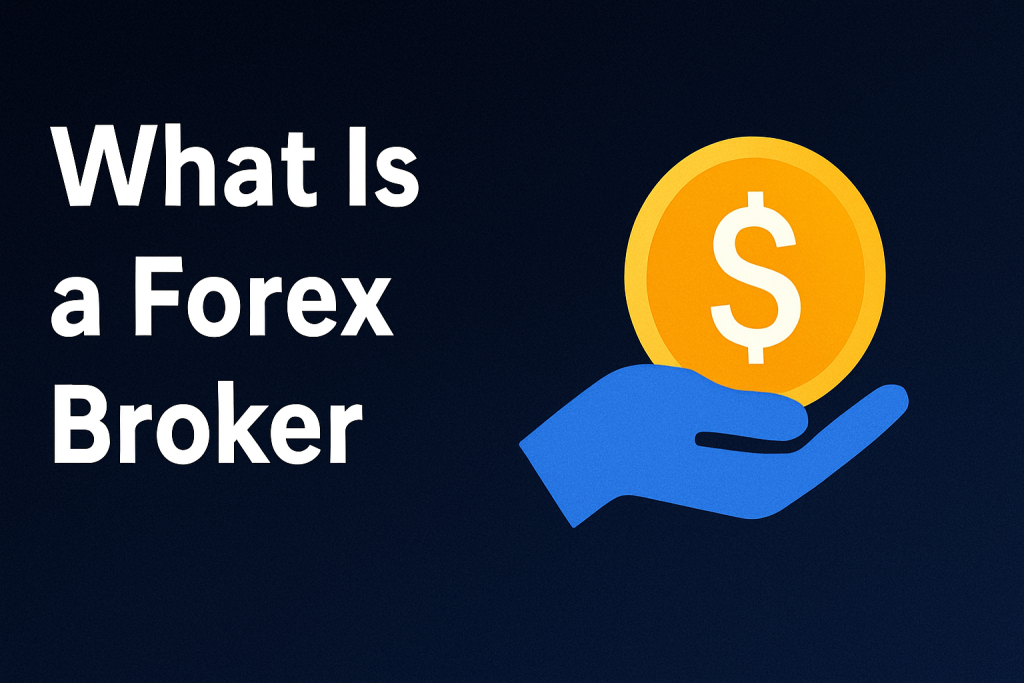
What Is a Forex Broker and What Do They Do?
If you’ve ever browsed through financial websites or listened to others discuss currency trading, you’ve probably encountered the term forex broker, which may sound a bit technical, but the truth...
Read more
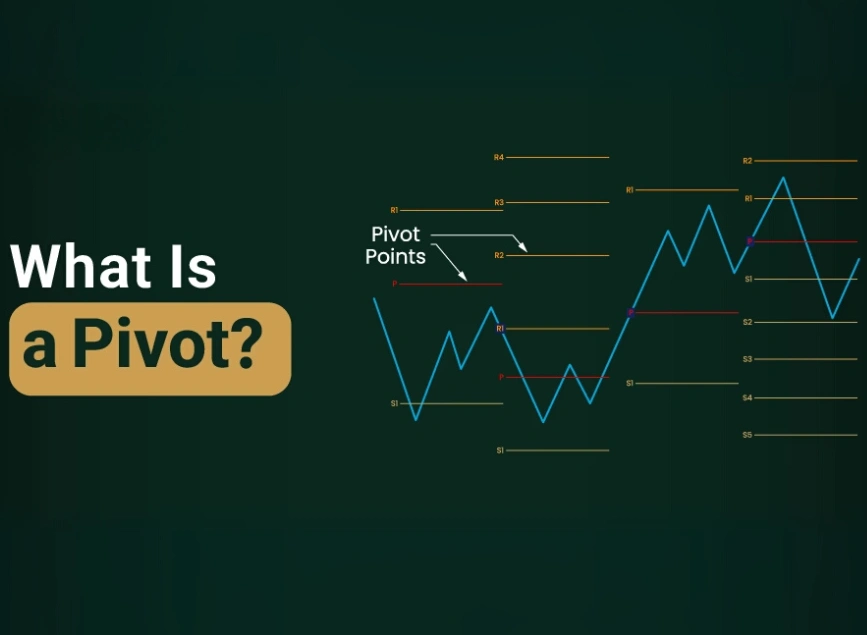
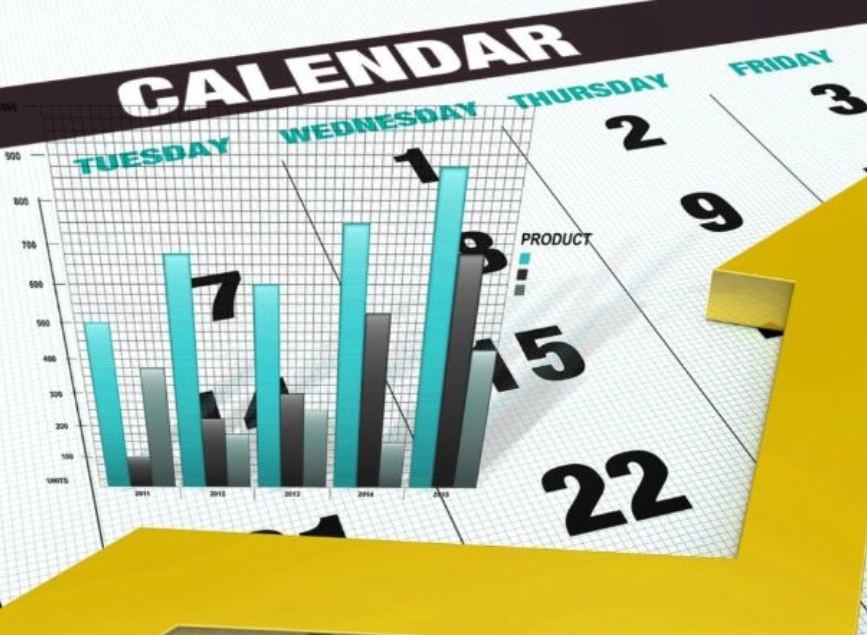
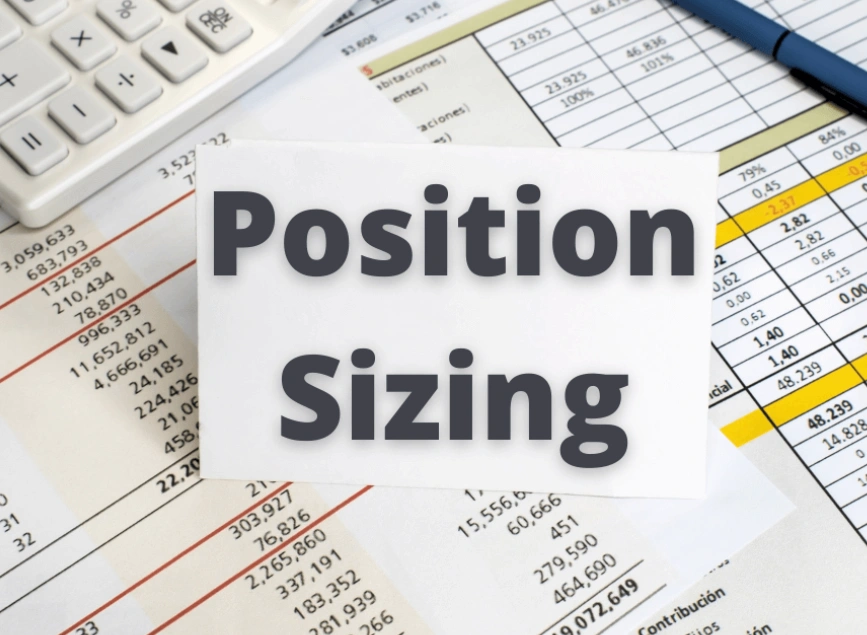

Submit comment
Your email address will not be published. Required fields are marked *